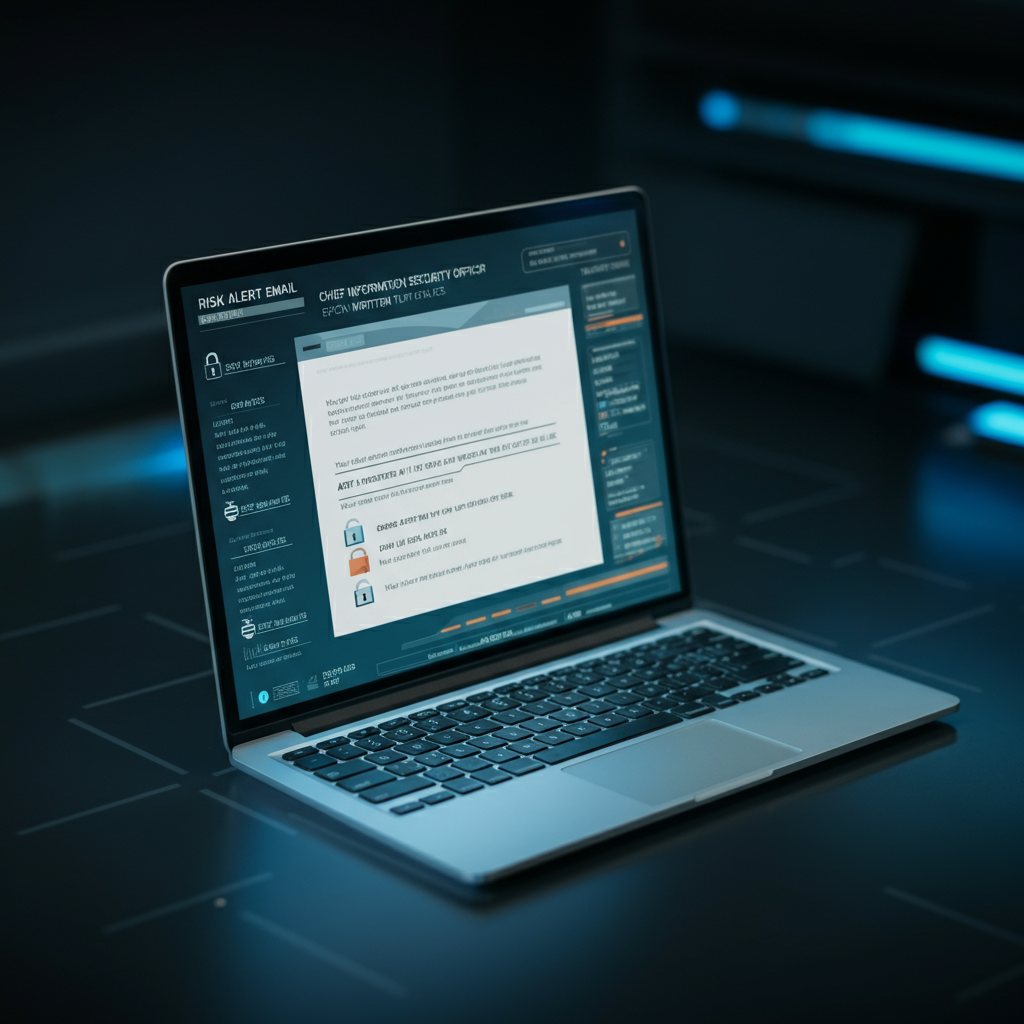The rise of AI copilots, large language models (LLMs), and automation tools has fundamentally reshaped how enterprises work with data. What used to be a relatively linear problem, protecting files stored in servers and emails sent through corporate systems, is now a multidimensional challenge. Sensitive information flows freely across email, chat, documents, cloud apps, SaaS tools, and increasingly, GenAI Copilots and AI-driven agents that can act on behalf of employees.
Traditional data loss prevention (DLP) solutions were never designed for this brave new world. They were built for static channels, binary policies, and compliance checkboxes. But in today’s AI-powered enterprise, the stakes are higher, the rates at which data is getting generated mind-boggling and therefore the risks more complex. To keep up, organizations need next-generation DLP, solutions that are multi-channel, multi-contextual, and multi-risk aware and most importantly, able to continuously adapt to the dynamic nature of the content and the associated identities, humans and machines. Let’s dig deeper.
Multi-Channel Learning and Analysis
Sensitive data is no longer confined to corporate email or file servers. It moves across Teams chats, Slack channels, Google Docs, Salesforce records, web applications, and now AI copilots embedded across productivity suites. Each new channel introduces fresh opportunities for accidental or malicious data exposure.
Multi-Contextual Awareness and Knowledge Graph
Data risks can’t be assessed in a vacuum. Security teams need to know not only what data is being shared but also who is accessing it, why, and under what context. For example, is a contractor accessing project documents? Is a partner reviewing or sharing customer information? Is an AI assistant drafting communications based on internal strategy documents or documents that are marked strictly confidential/internal? Is sensitive information being shared with a party which already has an NDA? These nuances matter.
Multi-Risk Exposure
Finally, risk itself has expanded. It’s not just about “data exfiltration” anymore. Organizations must contend with:
- Privacy risks with reduced false positives (PII or PHI leakage).
- Trust and reputational risks (Customer trust, inappropriate tone, bias, or toxic AI outputs).
- Compliance risks as being legislated due to “securing genAI” efforts at state and federal levels (GDPR, HIPAA, industry-specific regulations).
- Operational risks (AI misuse, hallucinations, or misaligned outputs).
- Insider Risks (taking into consideration the various identity risk factors)
Next-gen DLP accounts for all of these simultaneously, something legacy DLP tools were never designed to handle. Now let’s delve into one of the most popular and widely deployed enterprise productivity, collaboration and security platforms out there, Microsoft, and how it also faces some of the challenges we discussed above that legacy systems suffer from.
How Bonfy Adaptive Content Security 1.1 Secures the Microsoft Ecosystem
For enterprises that are deeply invested in Microsoft, running on M365, Azure, and associated services, it’s natural to assume that Microsoft’s own security tools are sufficient. And to Microsoft’s credit, its native protections like Purview DLP/Microsoft Information Protection, Sensitivity Labels, Entra ID, etc. do an good job within the Microsoft ecosystem.
For example, Purview sensitivity labels apply seamlessly across Word, PowerPoint, SharePoint, Teams, and Exchange. Microsoft Copilot respects those labels and avoids exposing sensitive files that are classified as confidential. From an integration standpoint, this is a powerful strength.
But here’s the blind spot: Microsoft’s tools are excellent at enforcing policy inside Microsoft’s boundaries, but often unaware of the broader business context that defines real enterprise risk, which must be taken into consideration when, for e.g, labeling resources within SharePoint.
Consider these examples:
- Contractors collaborating in SharePoint may have access to documents with confidential customer data.
- Partners communicating via Teams may see sensitive internal strategy content.
- AI copilots may draft responses using information that, while not restricted by Purview labels, could damage reputation if exposed in the wrong context.
- Data emerging from the Microsoft data repos is not evaluated in context of information gathered from other enterprise systems such as CRM (for e.g. Salesforce), HRM (for e.g Workday), IAM (for e.g Okta).
Microsoft’s tools don’t inherently understand these contexts, relationships and hence the associated or interpreted risks. Purview can classify based on labels, but it can’t account for the fact that an employee working with a third-party vendor should not be able to share certain project details, or that a copilot’s output needs to be evaluated not just for data sensitivity but also for tone and bias.
The technical controls are in place, but the business-aware context is missing. It is not about whether a DLP solution is doing its job, but rather how well it is doing it and that involves being able to understand the complete picture, the whole story, that a piece of content represents or tries to paint/tell.
Bonfy’s Context-Aware DLP for Microsoft Enterprises
Bonfy.AI Adaptive Content Security™ (ACS™) was built to close exactly this gap. By combining deep integrations with Microsoft applications and those with other non-Microsoft enterprise systems, and a next-gen approach to contextual data protection, Bonfy ensures that enterprises can secure sensitive information not only within Microsoft’s framework but also in relation to the broader business environment.
At the heart of Bonfy’s approach is real-time, context-driven learning, analysis and enforcement. Instead of relying solely on static contexts within the Microsoft set of applications and services, Bonfy dynamically adjusts protections based on who is accessing content, how it’s being used, and the surrounding business relationships such as CRM, IAM, constructed by using Bonfy’s AI powered learning and analysis engine. This means Microsoft Copilot, for instance, will only surface sensitive data when the access is contextually valid and aligns with enterprise risk policies.
With the release of Bonfy ACS v1.1, the platform now delivers even deeper integrations across Microsoft’s core services:
Microsoft Mail
- Real-time detection and prevention of data risks in outbound, inbound, and internal email.
- Full analysis of both email body and attachments.
- Flexible deployment: inline with mail flow or offline as needed.
Microsoft SharePoint
- Continuous monitoring of data at rest.
- Real-time streaming analysis triggered whenever content or permissions change.
- Persistent oversight without impacting performance.
Microsoft Entra
- Integrated identity and access governance.
- Correlates content access with user risk profiles.
- Detects insider threats, anomalous behaviors, and misconfigurations.
Microsoft Purview
- Automated, contextual data labeling and classification.
- Supports AI readiness, compliance mandates, and sensitive workflows.
- Ensures that labels applied within Microsoft actually reflect enterprise business context.
Together, these integrations allow enterprises to seamlessly extend Microsoft’s native protections with Bonfy’s contextual intelligence, creating a far more precise and adaptive data protection layer.
Why This Matters for GenAI Rollouts?
Many enterprises are eager to deploy AI copilots (like Microsoft Copilot) and generative AI tools, but a surprising number remain stuck in pilot programs. The reason? Security, rather, contextual security.
AI and smart enterprise applications are increasingly being built on emerging architectures like the Model Context Protocol (MCP), which are optimized for interoperability and extensibility, not for data security. This flexibility is great for developers but introduces new risks for enterprises. Sensitive data can easily be surfaced in unintended ways, and existing controls often fail to capture the nuance of AI-driven interactions.
For example, Microsoft Copilot may respect Purview sensitivity labels, but those labels don’t tell the full story:
- Should a contractor working on a joint venture see these documents?
- Should Copilot generate a draft using sensitive financial data for an external communication?
- How do you prevent biased or toxic phrasing from slipping into AI outputs that could harm reputation?
What if these labels were produced and labeling done by a next-gen DLP solution which can understand the complete picture? Labeling is the easy part, but deciding when to do it, on what and why, is where the real value is.
Without next-gen, context-aware DLP, enterprises face unacceptable uncertainty. As a result, many choose to delay enterprise-wide rollouts, leaving AI adoption stalled in prolonged pilot phases.
Bonfy helps by understanding the enterprise in all its complexity, including its identities (human and machine), its relationships with customers and partners, and its unique risk factors (industry, geography, compliance requirements). As a result Bonfy provides that assurance that a CISO needs to be able to deploy generative AI with confidence.
TL;DR
The AI era is here, but the security tools of yesterday cannot keep up. Traditional DLP solutions were designed for static channels and binary enforcement. Microsoft’s native security tools, while powerful within the ecosystem, are not aware of the broader business context that defines real enterprise risk.
Bonfy ACS delivers the missing piece: next-gen, context-aware DLP that is multi-channel, multi-contextual, and multi-risk aware. With deep integrations across Microsoft Mail, SharePoint, Entra, and Purview, Bonfy ensures that sensitive data remains protected not just by static labels but by real-time, contextual intelligence.
For enterprises eager to unlock the potential of AI copilots and generative AI tools, this is the path forward. Next-gen DLP isn’t simply about preventing leaks, it’s about enabling trusted, responsible, and scalable AI adoption.
The message is clear: to thrive in the AI-powered era, enterprises must move beyond legacy protections and embrace data security solutions that truly understand their business. With Bonfy.ai, that future is possible today.
In future blogs we’ll dig deeper into some of these integrations and a key piece of the risk spectrum, the Entity Risk Management (aka IRM, ERM).
Read our latest press release on our new Microsoft functionality.







